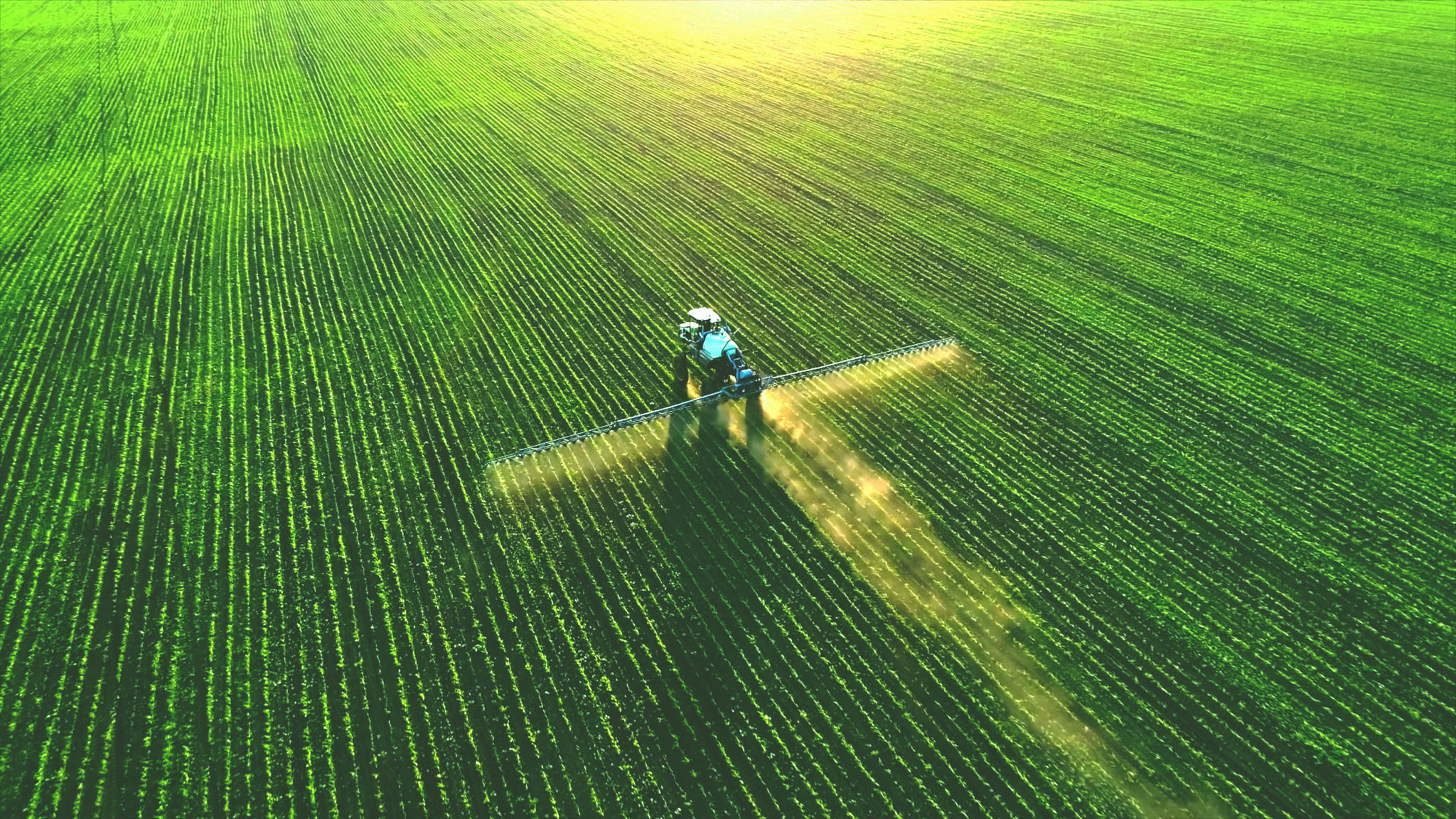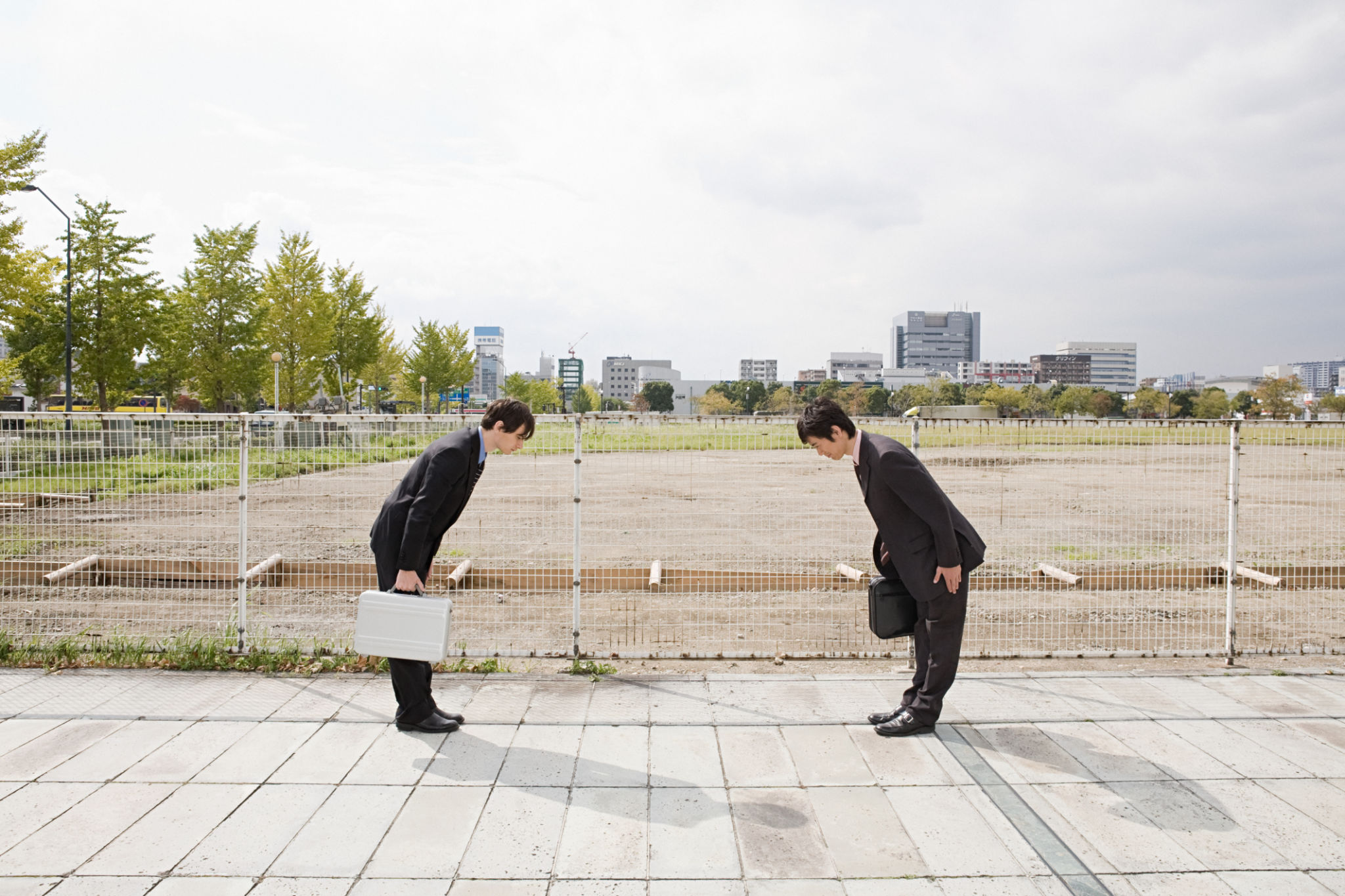Case Study: Successful Septic Digging Projects with Hawaii's Top Machinery
Introduction to Hawaii's Premier Septic Digging Projects
Septic systems are a crucial component of many properties in Hawaii, providing an efficient solution for waste management. When it comes to installing these systems, choosing the right equipment is essential for both efficiency and effectiveness. In this case study, we explore how Hawaii's top machinery has contributed to successful septic digging projects across the islands.
Hawaii's unique landscape presents specific challenges for construction projects, making it imperative to use machinery that can handle diverse terrains. The combination of volcanic soil, dense vegetation, and varying weather conditions demands equipment that is both robust and adaptable.

The Role of Advanced Machinery in Septic Projects
The success of septic digging projects in Hawaii often hinges on the capabilities of the machinery used. Advanced technology in construction equipment has revolutionized how these projects are executed, ensuring precision and minimizing disruptions to the environment.
Modern excavators, for instance, are equipped with GPS technology that allows operators to dig with unprecedented accuracy. This ensures that the septic systems are installed correctly and efficiently, reducing the risk of future issues.

Case Study: A Seamless Installation Experience
One standout project involved the installation of a septic system for a sprawling beachfront property. The site presented several challenges, including sandy soils and a high water table. By employing state-of-the-art machinery, the project team was able to navigate these obstacles seamlessly.
The use of lightweight, yet powerful digging tools reduced ground pressure, preventing unnecessary disturbance to the surrounding environment. This approach not only preserved the natural landscape but also expedited the project timeline.

Environmental Considerations and Best Practices
In Hawaii, maintaining the delicate balance between development and environmental preservation is vital. Successful septic digging projects are those that adhere to best practices, ensuring minimal impact on the ecosystem.
- Use of eco-friendly machinery that reduces emissions.
- Implementing erosion control measures during excavation.
- Regular maintenance checks on equipment to prevent leaks and spills.
These practices not only align with local environmental regulations but also promote sustainable development, which is crucial for preserving Hawaii's natural beauty.
Client Satisfaction and Long-term Performance
The integration of high-quality machinery in septic projects not only benefits the environment but also enhances client satisfaction. Clients appreciate timely project completion and minimal disruption to their properties.
Moreover, projects executed with top-tier machinery often exhibit superior long-term performance. Well-installed septic systems require less maintenance and are less prone to failures, providing peace of mind to property owners.
Conclusion: The Future of Septic Digging in Hawaii
As technology continues to advance, the future of septic digging projects in Hawaii looks promising. Embracing innovative solutions and adhering to best practices will ensure that these projects remain successful and sustainable.
Hawaii's top machinery will continue to play a pivotal role in overcoming the challenges posed by its unique landscape, paving the way for efficient and environmentally friendly construction practices.
